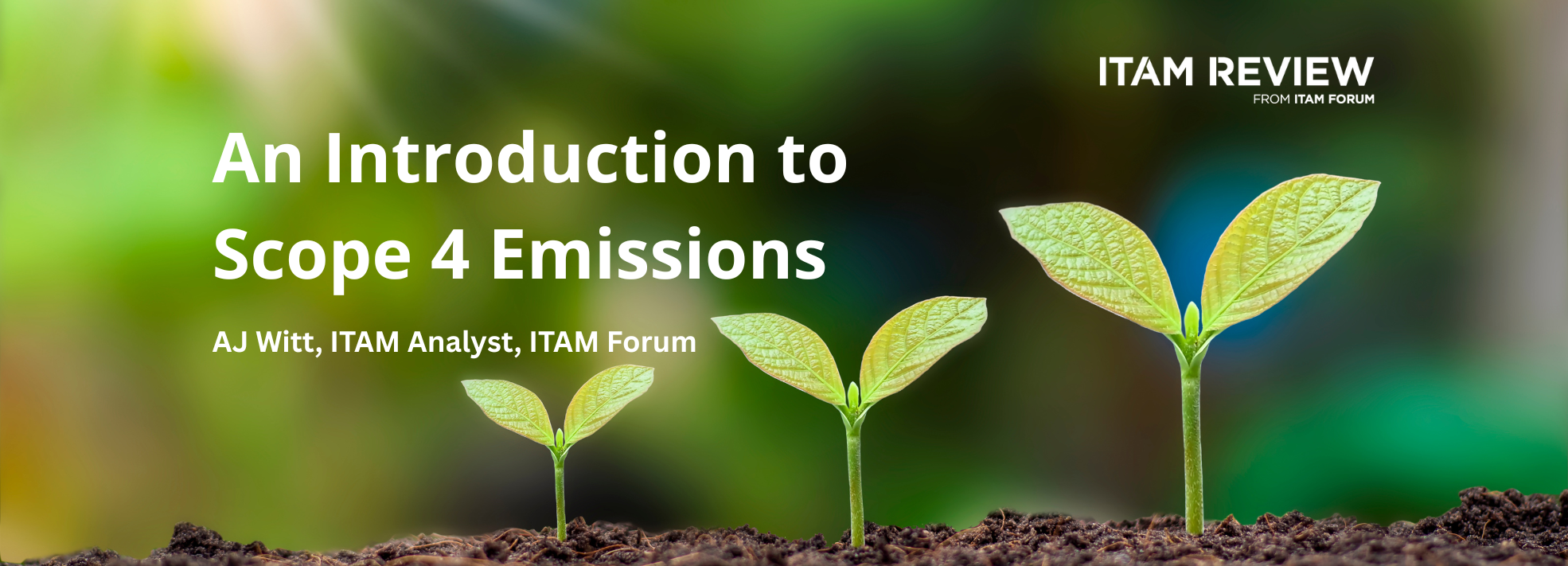ITAD Best Practices: A Step-by-Step Guide to Efficient IT Asset Disposition
The following ITAD best practices article is written by Peter Doscas, the Vice President of Global Sales at Wisetek, a global provider of IT Asset Disposition & Data Destruction services.
In today’s fast-paced world of technology, staying up-to-date with the latest gadgets and equipment is a necessity for individuals and businesses alike. This constant need for innovation often leads to the disposal of older IT equipment, including laptops, phones, and other electronic devices. However, rather than discarding these assets, many are turning to ITAD (IT Asset Disposition) companies that specialize in refurbishing and reselling electronics. In this step-by-step guide, we’ll walk you through the best practices for efficient asset disposition with a focus on refurbished IT equipment, including phones and laptops.
Step 1: Assessment and Inventory
The first crucial step in efficient IT asset disposition is conducting a thorough assessment and inventory of your existing electronics. Take stock of all the equipment your organization no longer needs, including laptops and phones. Ensure that each item is properly documented, detailing specifications, condition, and age. This inventory will serve as the foundation for your disposition strategy.
Step 2: Data Sanitization
Before handing over any electronic device to an ITAD company, it’s imperative to ensure that all sensitive data has been securely wiped from the devices. Data breaches can have severe consequences, so use data sanitization software and methods that meet industry standards to protect your organization’s information.
Step 3: Choose the Right ITAD Company
Selecting the right ITAD company is paramount to the success of your asset disposition strategy. Look for a reputable company that specializes in refurbishing and reselling IT equipment. Ensure they have a track record of securely handling data and are environmentally responsible in their practices.
Step 4: Packaging and Transportation
Proper packaging and transportation are crucial to ensure that your IT equipment reaches the ITAD company intact. Use secure packaging materials to prevent damage during transit. Also, choose a reliable logistics partner that specializes in transporting electronic equipment safely.
Step 5: Certification and Documentation
Once your equipment reaches the ITAD company, they will assess its condition and provide certification for the data destruction process. Ensure you receive proper documentation for auditing purposes, demonstrating that your data has been securely wiped and that your electronics are ready for refurbishing.
Step 6: Refurbishing Process
Refurbishment is the heart of ITAD, especially when it comes to phones and laptops. Reputable ITAD companies employ skilled technicians to refurbish and repair electronic devices to a like-new condition. This process includes hardware and software upgrades, replacement of faulty components, and thorough testing to ensure functionality.
Step 7: Quality Assurance
After refurbishment, ITAD companies conduct stringent quality assurance checks. Every aspect of the device is tested, from the performance of the operating system to the functionality of hardware components like keyboards and screens. Devices that pass these tests are ready to be resold as certified refurbished products.
Step 8: Remarketing
Services like refurbishment and remarketing help organizations that need to dispose of large quantities of IT assets in a cost-efficient and secure manner. Organizations should also be aware of the risks associated with not disposing of IT assets properly which makes IT Asset Disposition important for data security as well. Refurbished and remarketed IT assets can be sold for a profit, providing financial motivation for the organization to remarket outdated IT assets.
Step 9: Sales and Distribution
Once your refurbished IT equipment is ready, it’s time to consider your options for sales and distribution. Many ITAD companies have online platforms where refurbished phones and laptops are listed for sale. You can also explore bulk sales to other businesses or donate equipment to charitable organizations.
Step 10: Choose a Certified ITAD Company
Having R2v3 (Sustainable Electronics Reuse & Recycling) and e-Stewards certifications is crucial for an IT Asset Disposition (ITAD) company. These certifications demonstrate a commitment to responsible and environmentally sustainable practices in the disposal and recycling of electronic waste. R2v3 and e-Stewards certifications ensure that the company adheres to strict industry standards, minimizing the environmental impact, protecting data security, and supporting ethical practices. This not only enhances the company’s credibility but also reassures customers and partners that their IT assets will be handled with the highest level of responsibility and compliance.
Step 11: Eco-Friendly Disposal
In cases where equipment is beyond repair, environmentally responsible disposal is crucial. Look for ITAD companies that prioritize recycling and proper disposal methods to minimize electronic waste. Responsible disposal not only helps protect the environment but also ensures compliance with regulations.
Step 12: Reporting and Feedback
Finally, it’s essential to maintain open communication with your chosen ITAD company. Regular reporting on the disposition process, sales, and environmental impact can help you make informed decisions for future asset disposition projects.
In conclusion, efficient IT asset disposition is a vital practice for organizations looking to maximize the value of their IT equipment while minimizing environmental impact. By following these step-by-step best practices and partnering with a trusted ITAD company, you can ensure that your refurbished phones, laptops, and other electronics are handled securely, responsibly, and with a focus on sustainability.
Can’t find what you’re looking for?
More from ITAM News & Analysis
-
Broadcom vs Siemens AG - A Brewing Storm
The ongoing legal battle between VMware (under Broadcom ownership) and Siemens is yet another example of why ITAM goes far beyond license compliance and SAM. What might, at first glance, appear to be a licensing dispute, ... -
Shifting Left Together: Embedding ITAM into FinOps Culture
During one of the keynotes at the FinOps X conference in San Diego, JR Storment, Executive Director of the FinOps Foundation, interviewed a senior executive from Salesforce. They discussed the idea of combining the roles of ... -
Addressing the SaaS Data Gap in FinOps FOCUS 2.1
I recently reported on the FinOps Foundation’s inclusion of SaaS and Datacenter in its expanded Cloud+ scope. At that time, I highlighted concerns about getting the myriad SaaS companies to supply FOCUS-compliant billing data. A couple ...
Podcast
ITAM training
Similar Posts
-
The M&S Cyberattack: How IT Asset Management Can Make or Break Your Recovery
Marks & Spencer (M&S), the iconic UK retailer, recently became the latest high-profile victim of a devastating cyberattack. Fellow retailers The Co-Op and Harrods were also attacked. Recent reports suggest the rapid action at the Co-Op ... -
AI in ITAM: Insightful Signals from the Front Line
During our Wisdom Unplugged USA event in New York in March 2025, we engaged ITAM professionals with three targeted polling questions to uncover their current thinking on Artificial Intelligence—what concerns them, where they see opportunity, and ... -
How ISO/IEC 19770-1 Can Help Meet FFIEC Requirements
In the world of ITAM, the regulatory spotlight continues to intensify, especially for financial institutions facing increasing scrutiny from regulatory bodies due to the growing importance of IT in operational resilience, service delivery, and risk management. ... -
An Introduction to Scope 4 Emissions
Executive Summary For ITAM teams, sustainability is a core responsibility and opportunity. Managing hardware, software, and cloud resources now comes with the ability to track, reduce, and report carbon emissions. Understanding emission scopes—from direct operational emissions ...




